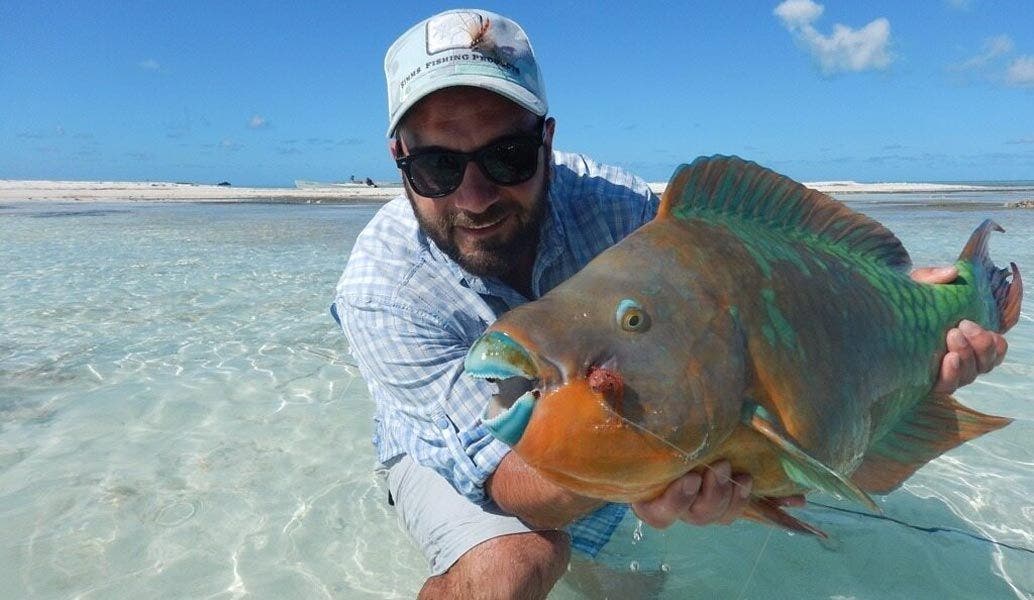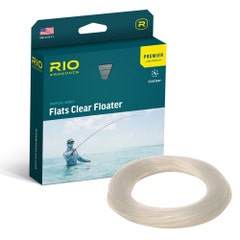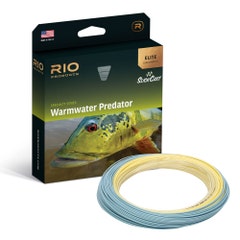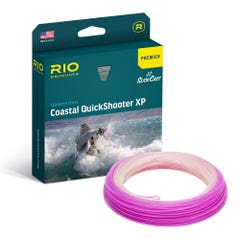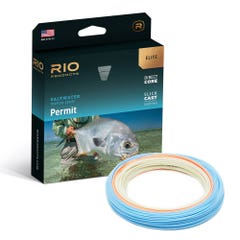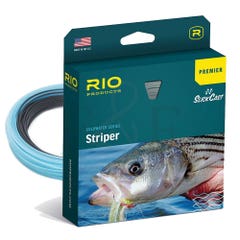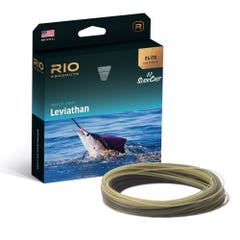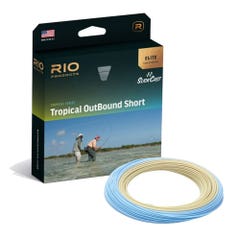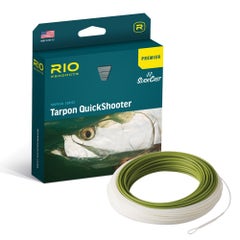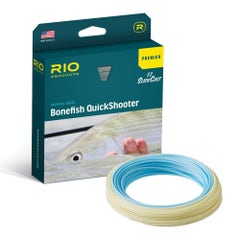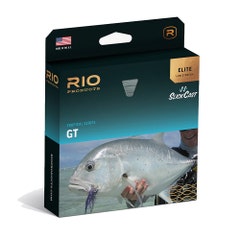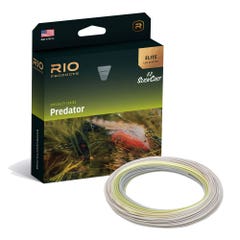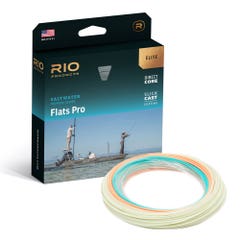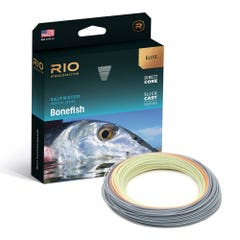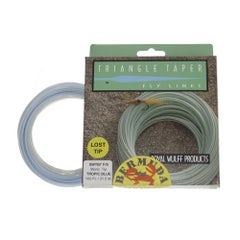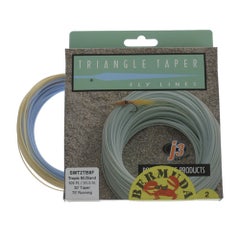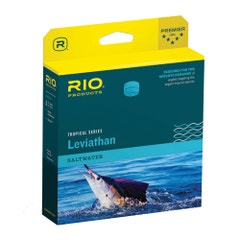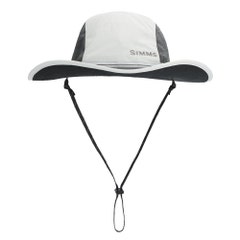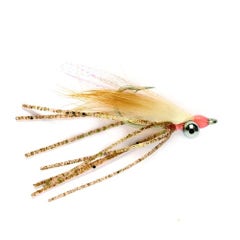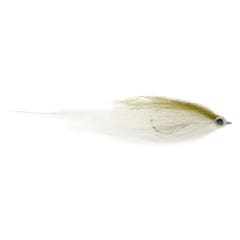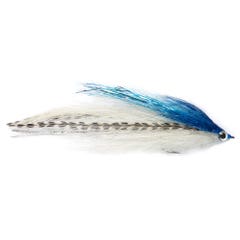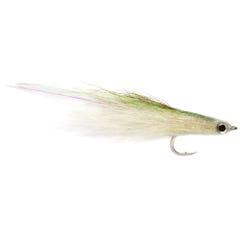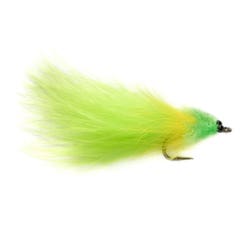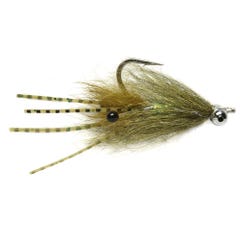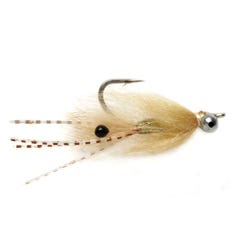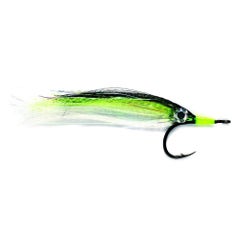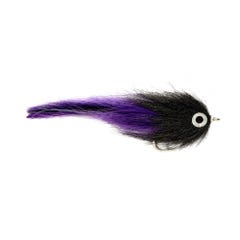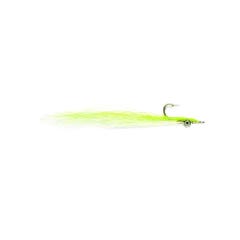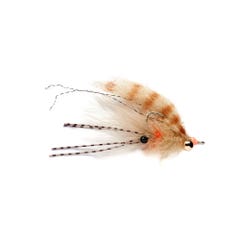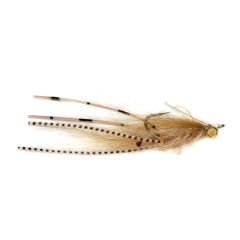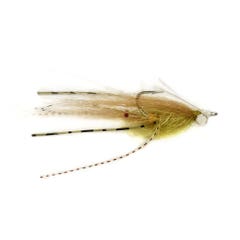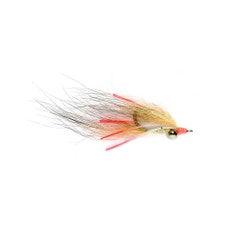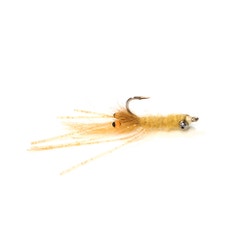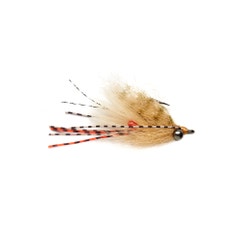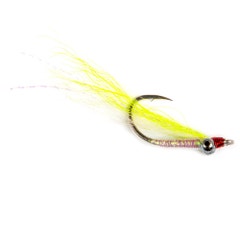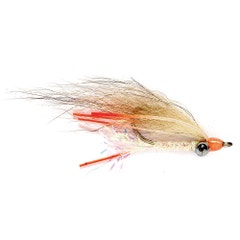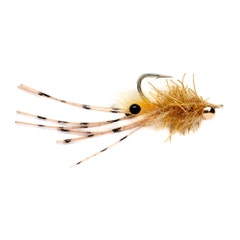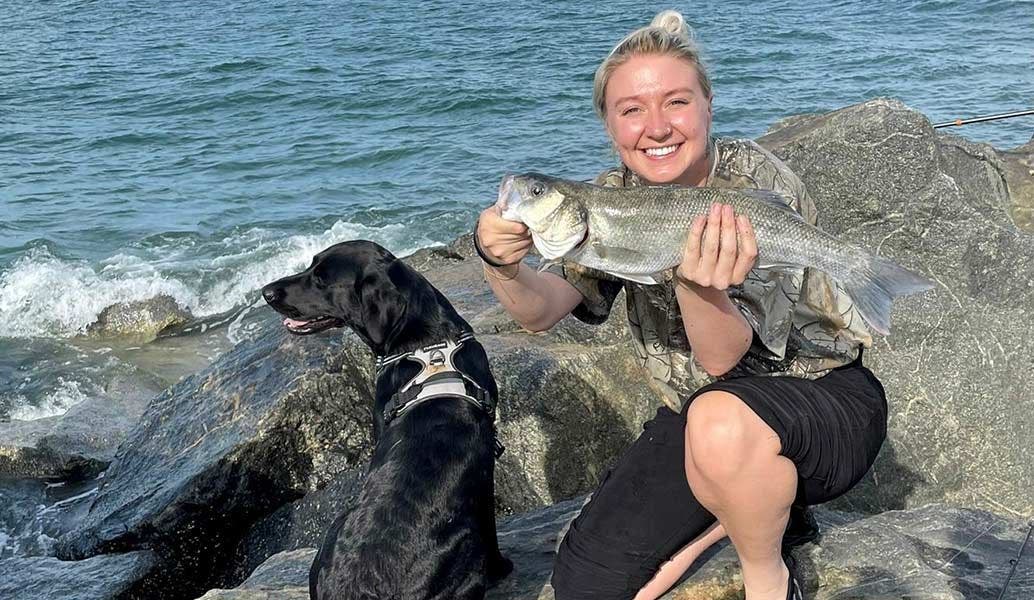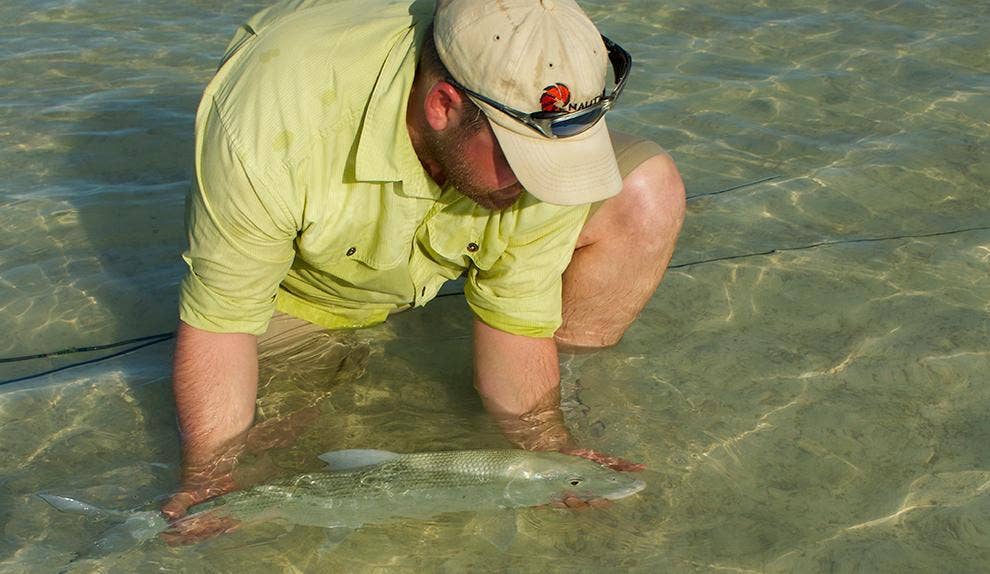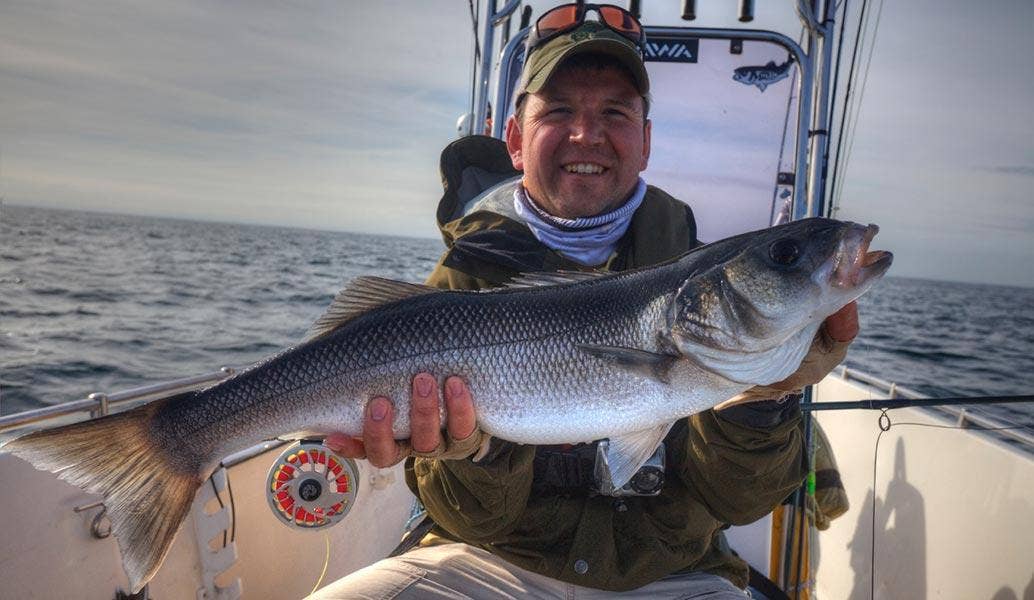The idea of heading away on a trip of a lifetime for tropical saltwater fly fishing never looks more appealing than on a cold winter’s day at home. Wading a shallow sand flat in stunning warm, clear water with the tropical sun beating down on your back is the stuff of dreams and the reality will usually live up to expectations.
If you are thinking about giving it a go (and you really ought to!) this article is all about arriving with the correct tackle, clothing and accessories and avoiding some of the pitfalls that could take the edge off your dream saltwater trip.
Take a casting Lesson
It’s important to know that you will be fishing for truly wild fish that have very highly developed survival instincts. They are generally easily spooked by clumsy casts and poor watercraft. Stealth and accurate casting will generally win the day. It’s really important to take a saltwater fly fishing casting lesson before you travel then find time to practice what you have learned at home. Learning casts to deal with the wind and accuracy are more important than out and out distance, although a bulletproof double –hauling technique will help you with all of these aspects of your casting. Our casting instructors have all experienced saltwater fly fishing and can offer advice on fishing tactics, recommend suitable tackle as well as improving your casting.
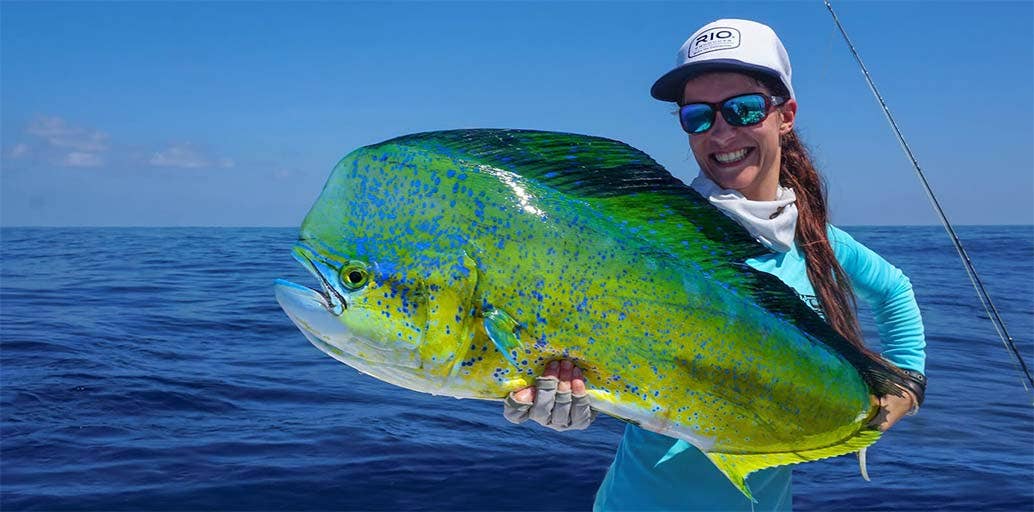 A stunning Mahi Mahi - just look at those colours!
A stunning Mahi Mahi - just look at those colours!Guide to Tackling Up
Rods
There are three saltwater fly rod models that will cover 99% of situations you will encounter on a typical saltwater fly fishing holiday. These suit a combination of the size of the flies you will be casting and the size and species of fish you are likely to catch. All the rods will be relatively fast-action and probably four-piece models that will fit easily into your travel luggage. A full set of rods will include an 8, 10 and 12 weight, although you may prefer slightly lighter or heavier models for certain applications. The 8 weight will suit bonefish, small jacks etc. The 10 weight will cast the larger flies needed for permit, snook, larger jacks and small tarpon found around mangroves where you need to apply more pressure to get fish away from snags. The 12 weight is for dealing with the real heavyweights - big tarpon, giant trevally, small tuna, large barracuda etc. Some destinations might require you to carry all three of these rods to cover the species you will encounter.
Reels
Saltwater is a harsh environment for a fly reel, even the best saltwater fly reels need to be rinsed in freshwater after each use to ensure they continue to function optimally. The perfect reel will have a disc drag system that will allow line to be taken smoothly, even when there is a lot of pressure being applied to the braking surface in the drag. The reel will also need adequate capacity to hold both the fly line and the 200-300 yards of backing required. Reels need to be anodised to a high grade to ensure the corrosive effects of saltwater are kept at bay. Reels with a sealed drag are better for keeping maintenance down to a minimum but a non-sealed drag can be more easily repaired if problems arise in the field.
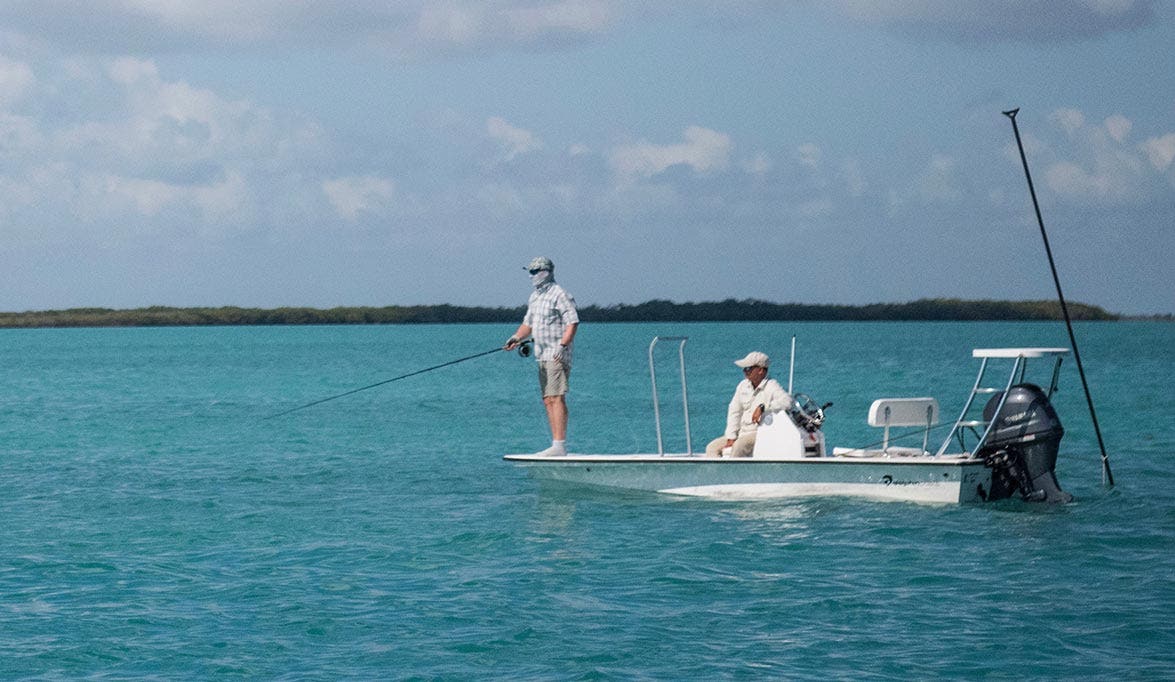 Prepare your tackle for the saltwater flats
Prepare your tackle for the saltwater flatsFly Lines
If you are fishing in the tropics you will need a matching saltwater specific fly line to cast well in high temperatures (lines designed for temperate climates will go limp in the heat and this will impair casting performance) and the coating is also toughened to provide resistance to abrasion. The exact density of the lines required will depend on the depth of water you are fishing. A good starting point is a floating line for each outfit but you may want to include a clear sink tip for tarpon and a fast sink option if you will be fishing over deep water. Spare fly lines are a good idea too – it’s easy to destroy a line on a fish swimming around coral or through barnacle encrusted mangroves.
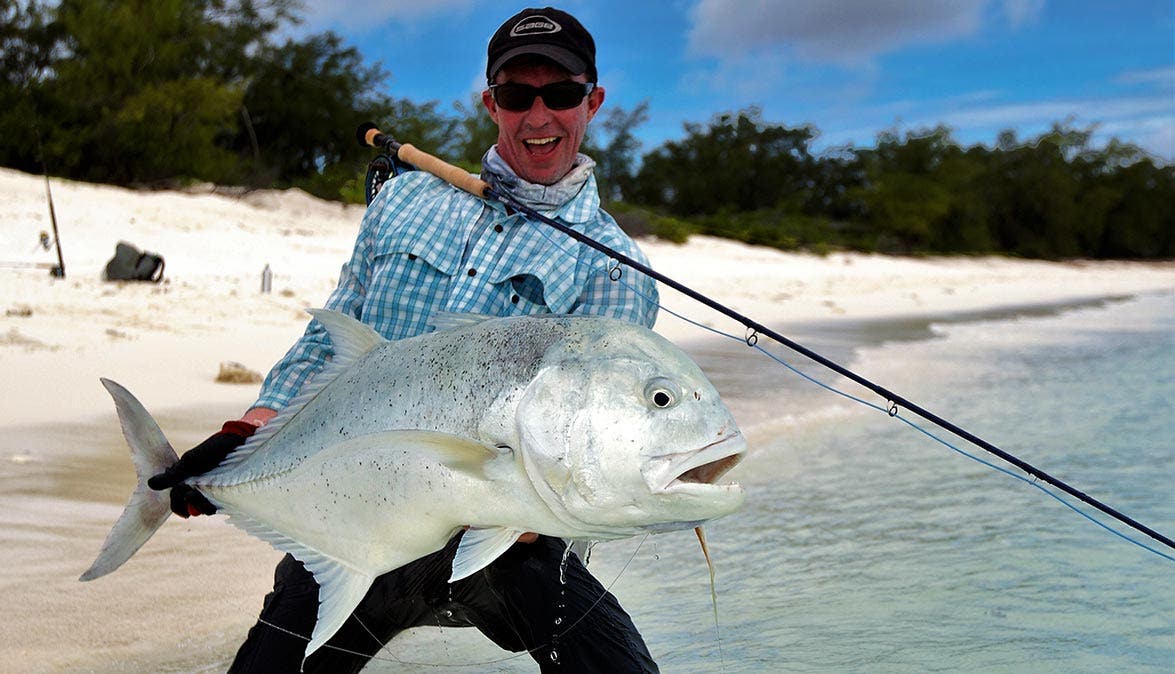 A hard fighting GT!
A hard fighting GT!Leaders
For bonefish a tapered saltwater leader will give the presentation needed for these sometimes skittish fish. Take a range of breaking strains between 10 and 16lbs, you will probably discard the leader after each day's fishing as a safety measure. So take one for each day’s fishing plus a few spares. Carry a spool of fluorocarbon in a similar diameter to the end of the leader so you can attach a tippet to extend the length of the leader to 16’ or so if the bonefish are particularly spooky in shallow water.
For permit you will use a tapered leader as well but in this instance extend the length of the leader by attaching thick nylon at the butt end and then looping this to the fly line – permit are hard to hook and fight very hard. You won’t want to risk losing one by a knot failing in thin leader material.
Tarpon leaders can be made up by joining a bite tippet to thinner nylon, the bite tippet will be 60-100lb BS nylon. Tarpon have no teeth but do have an abrasive surface inside their mouths that can sandpaper its way through monofilament lines. It’s better to carry pre straightened lengths of bite tippet in a plastic tube (run boiling water down 2’ lengths of heavy mono to straighten) and re tie your leaders after each fish. Your guide will be able to help with this but it pays to learn some good saltwater knots before you travel. Knotting 100lb line is not easy and needs practice.
For some species like giant trevally it pays to fish heavy mono straight through to avoid any weakness, but you need to be aware that if you get hung up and need to pull for a break it’s probably your fly line that will part first. Include knotable wire if you are likely to encounter barracuda or other toothy species.
Flies
There are lots of saltwater fly patterns to choose from and the best thing to do is to carefully read the pre-trip notes from the travel company for recommendations. One of our staff has probably fished the destination you are heading to and will be pleased to help and advice based on their personal experience.
Saltwater Fishing Clothing
Having the correct fly fishing clothing can make a huge difference to your enjoyment of a day’s fishing, this applies more to flats fishing than possibly any other type of fishing. You will probably spend the greater part of the day either wading shallow flats or standing on the bows of a skiff being poled across the flat. Either way you will be in the tropical sun with no shade, so all your clothing needs to have a high sun protection factor to prevent damage to your skin. If you have fair skin it is particularly important to cover up.
The standard outfit will be:-
- A cap with a long peak – ideally the peak should have a dark underside so as not to reflect light back into your eyes.
- A Buff – this is useful to protect your face from the sun and also to keep your cap in place as you travel between flats on the skiff.
- A flats shirt – made from a lightweight technical fabric that dries quickly and has high UPF protection. You may prefer a long-sleeved crew neck top, this will do the same job but has no pockets to catch reels and fly lines when you are playing fish.
- Sungloves – the backs of your hands and wrists are easily sunburnt. Some have in-built reinforcement to prevent line burns.
- Boxer shorts designed to prevent chaffing on your inner thighs
- Lightweight trousers, shorts or zip-offs again made from a technical material that dries quickly and offers good sun protection.
- Wet wading socks – made of a tough densely woven fabric to keep sand and small sharp pieces of coral away from your feet.
- Flats boots – these need to be able to cope with the terrain you will be fishing on. If you are wading the edge of a reef the corals can be extremely sharp so heavy duty footwear is the order of the day. Falling over on to corals can lead to a serious injury that could spoil your holiday. However, you may spend your time mainly on the skiff in which case much lighter boots or neoprene booties will be fine. We would still recommend something with a very grippy sole.
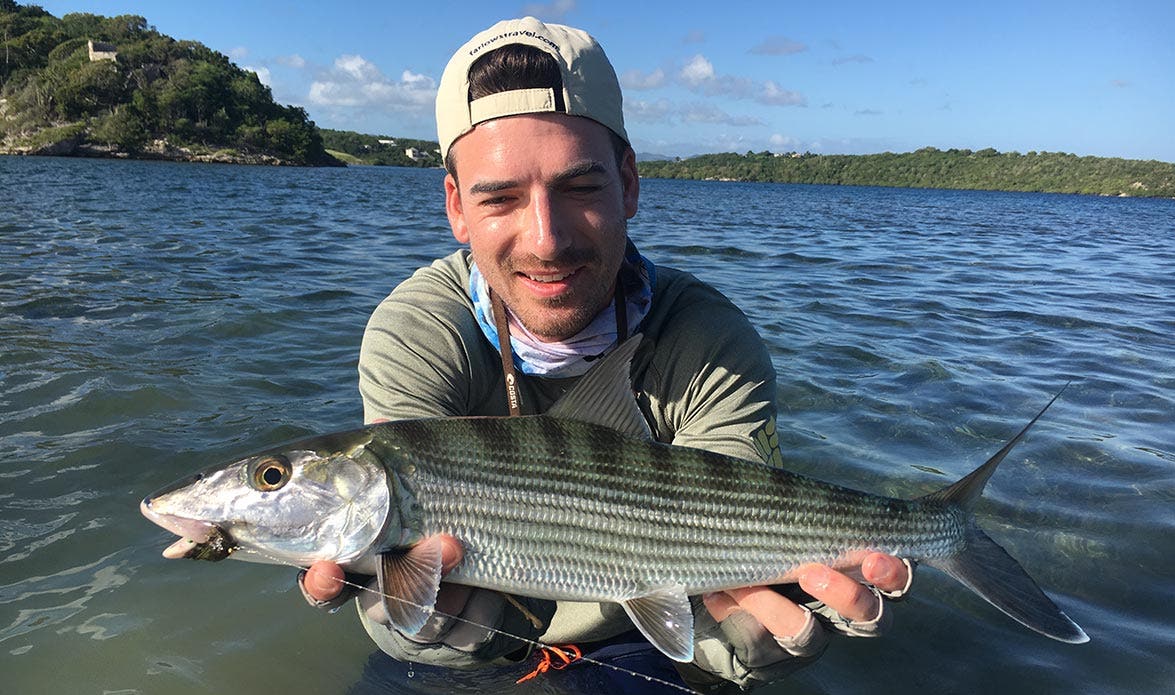 Jonny with a fly caught bonefish
Jonny with a fly caught bonefishOther Essentials
A good pair of fishing sunglasses are worth their weight in gold on a flats fishing trip, anything that helps you spot fish early will undoubtedly improve your catches. You also need protection for your eyes from the flies you are casting and UV light. The colour of lens you choose is down to personal preference but blue and green mirror lenses are the most popular with both anglers and fishing guides. Carry a sunglasses repair kit and lenses spray cleaner to remove salt.
You will need a bag to carry all your spare tackle, drinks, cameras etc. we recommend you opt for something waterproof in case a rogue wave laps into the boat either with a waterproof zip or a roll top. If you are mainly wading a flats pack is very useful for carrying all your spares and odds and ends, again its best of these are as waterproof as possible. Anything that really does need to be kept dry should go in a separate waterproof pouch so it’s doubly protected.
Also always carry a set of lightweight waterproof clothing, if you are caught out in a tropical storm it can get very cold and uncomfortable so you need to get your waterproofs on quickly before you get soaked. These storms can come and go very quickly so it’s a good idea to keep waterproofs handy just in case.
Carry a pair of saltwater pliers for unhooking fish and cutting heavy nylon and wire.
Tropical Saltwater Fly Fishing Tips
- If you are travelling in a skiff always keep your reel in a neoprene pouch to protect it from scratching and denting.
- Be very careful with rods they are easily broken by everything from the ceiling fan in the hotel, people falling on them in the skiff to belligerent sharks that don’t like being prodded with the rod top.
- Wash everything with freshwater that has been near to saltwater, this includes tackle, accessories and flies.
- Rinse clothing out in fresh water too – if you leave saltwater on them they will stay damp. For a week-long trip take two sets you can wear on alternate days, leaving a set to dry fully on its day off.
- Take plenty of sun cream and insect repellent. We recommend the ‘once a day’ sun protection that is also highly water resistant. Lip balm is another essential.
- Take a basic first aid kit if you are going somewhere remote include paracetamol, antihistamine tablets, re-hydration salts, diarrhoea treatment, antiseptic cream, plasters and sterile wound dressings.
- Photocopy all travel documents including passport and keep them in your luggage.
- Make sure you drink lots of fluids throughout the day – if you feel thirsty you are already dehydrated so get in the habit of drinking small amounts continuously through the day.
- Listen to the guide’s advice - as well as finding the fish they also know how to catch them. If you can master a few words of their language it will help enormously.
- Take time to enjoy the beauty of these wilderness areas – it really is a privilege to visit these amazing places.
If you’ve any top tips for saltwater fly fishing of your own, or wish to ask a question, please leave your comments below – it’s great to share & chat! You can also share this post with all your friends via our social sharing buttons.

